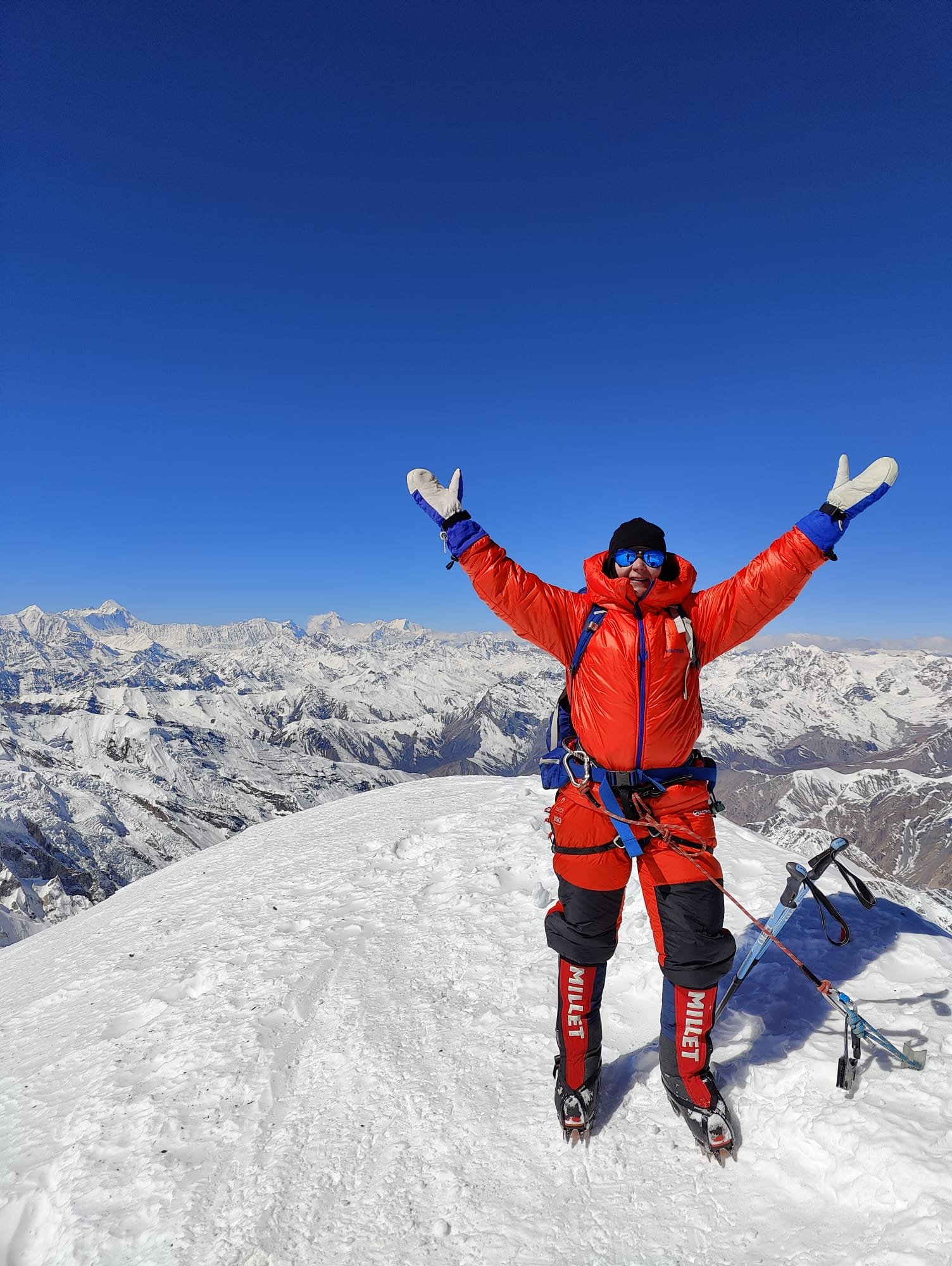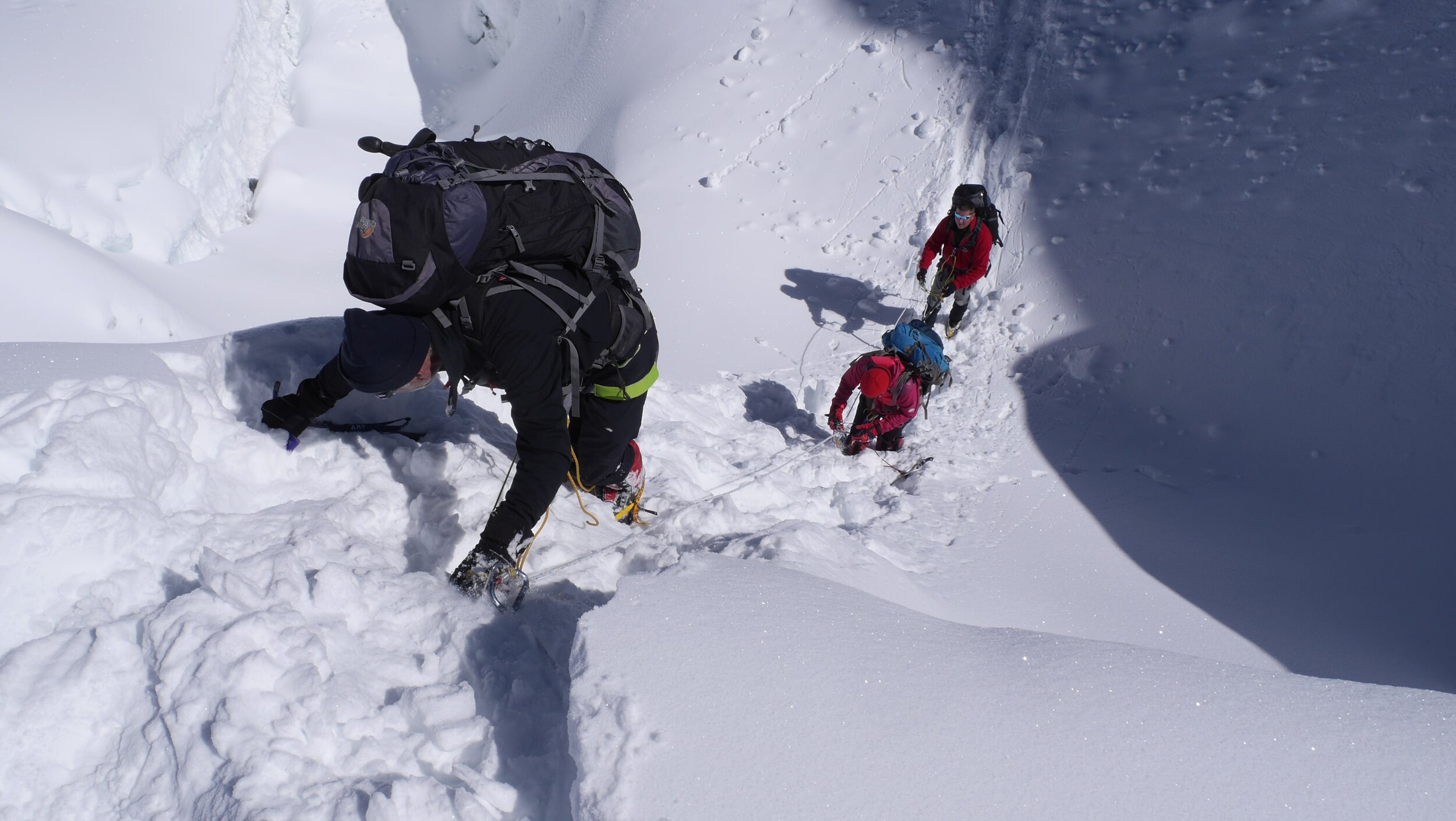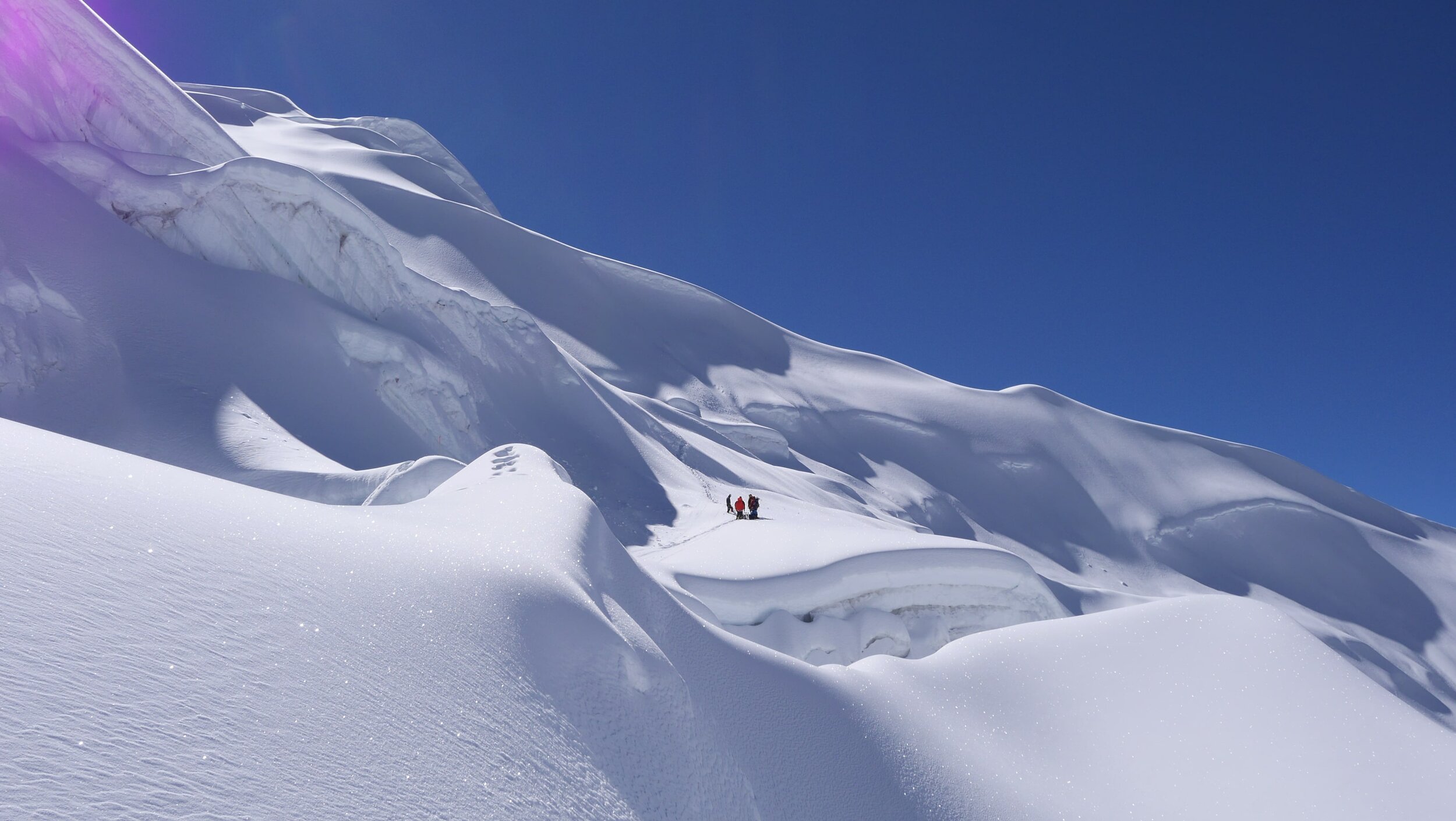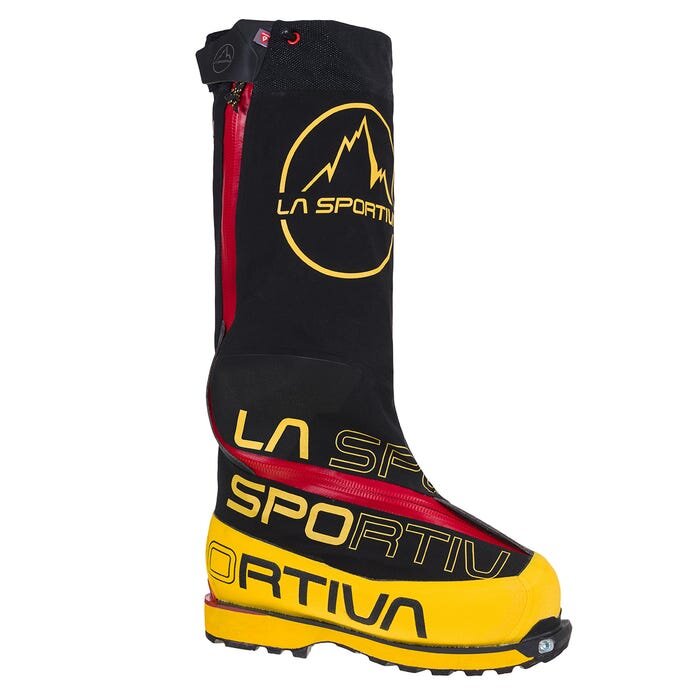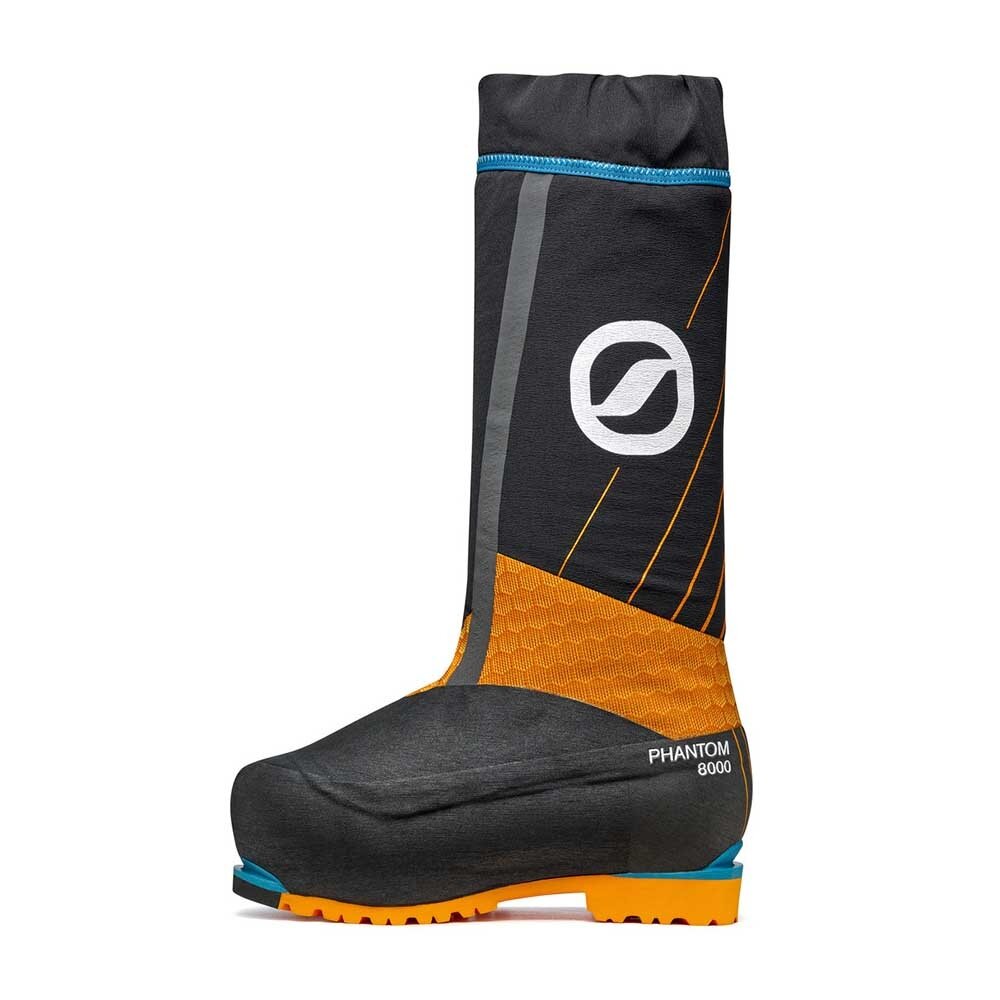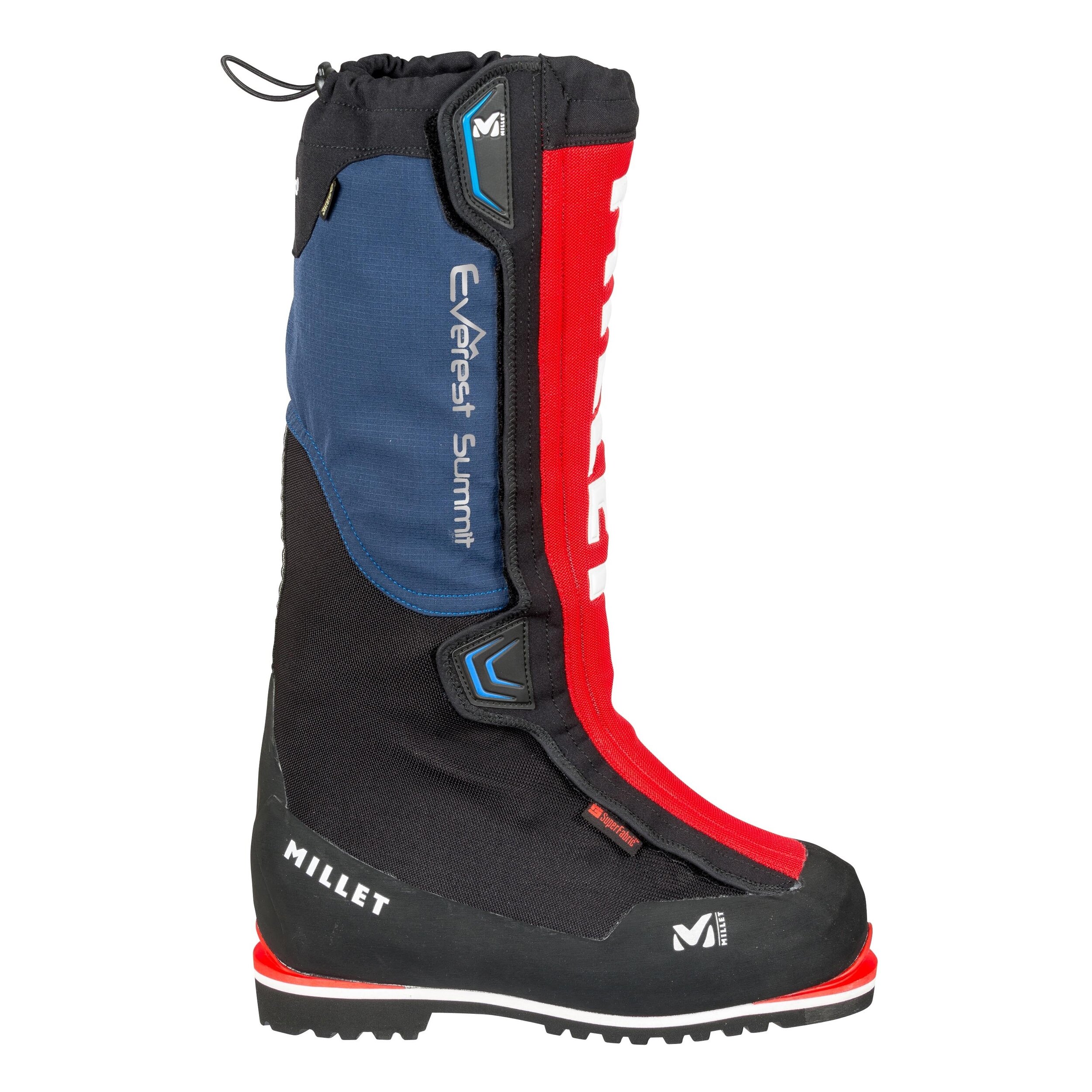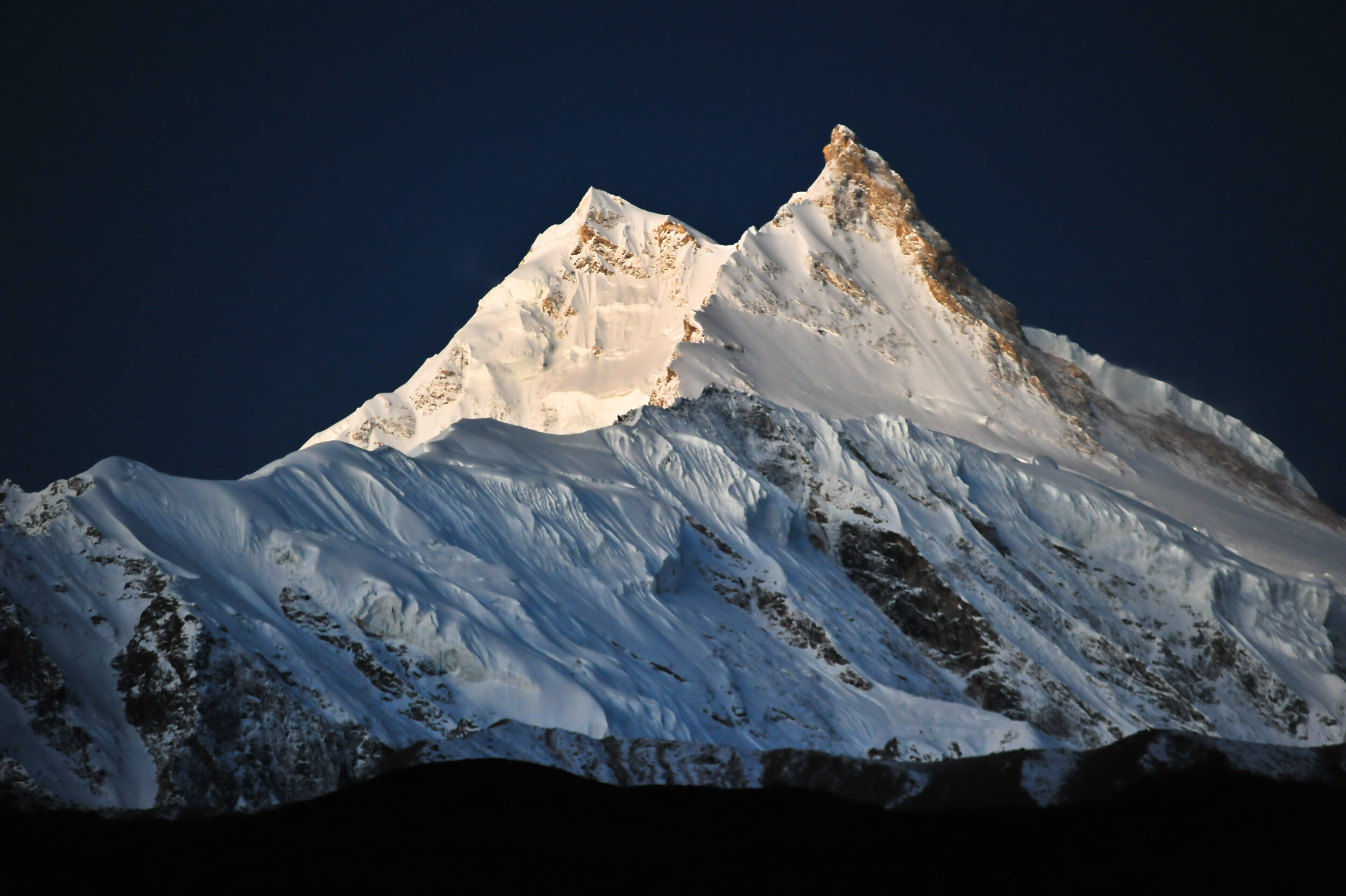Everything you need to know about Himlung Himal 7126M climbing Expedition - Namas Adventure
Himlung Himal, standing at 7126 meters, is a popular and relatively safe choice for climbers looking to tackle a 7000-meter peak in Nepal. Located in the rain shadow region of mid-western Nepal, this mountain offers a semi-technical climbing route with fixed ropes available to help you reach the summit. The climbing route is mostly on ice and snow, with a steep, exposed ascent to the top. Sherpa guides from different groups often work together to set up the ropes on climbing days. If you're seeking a high-altitude climbing adventure or are looking to progress to 8000M peaks or difficult challenging peaks, Himlung Himal is a must-climb.
Overview:
Altitude: 7126M / 23,379ft
Climbers experience level: Intermediate/Advanced
Location: Annapurna Region
When to climb?: Late spring Mid April - May and September - October
Total no of days: 30 Days
Difficulty grading: AD+/4 (Alpine/Fitness grading info)
Accommodation: Lodges and Base camp, Camp 1/2/ 3(Optional)
We have listed 10 useful pieces of information that will help you prepare for your Himlung Himal peak climbing expedition.
1. When is the best time to climb Himlung Himal?
Himlung Himal is best suited to climb during the mid-spring season around mid-April to May or during the early autumn season; just towards the end of the monsoon season. End of August to the end of October.
Note - Himlung is one of the remote climbing peaks with very few teams attempting the climb every year. You can be certain there won’t be many climbers or traffic during your expedition.
2. How much does the Himlung Himal expedition cost? What does it include?
Join the Namas Adventure team for a Himlung Himal expedition at a cost of $9050 per person. Our all-inclusive peak climbing services are of the highest quality and prioritize your safety with a 1:1 guide-client ratio, several successful summits, 100% safety records, and cultural immersion. As a responsible, ethical, and sustainable mountain adventure brand, we are committed to our core values and ensuring that you can fully enjoy your climbing holiday without worrying about any logistics. With our team by your side, you can focus on the fun and adventure ahead.
List of what’s included in your booking.
IFMGA/NMA certified Guide leader
$500 Individual tip pool. Tip pool will be fairly distributed among all Namas staff members. (Guides, porters, drivers, hotel security, and staff). Guest may personally hand in extra tips to our guides and porters)
Namas Branded merchandise (Down Jacket, Cap, Buff)
1:1 Sherpa Guide /client ratio
Head chef and 2 kitchen helpers (Assistants increase with the number of climbing team members )
Arrival hotel in Kathmandu
All trekking and climbing permits (Annapurna Region Permit and TIMS)
All internal-local transportation to and from the trekking trailhead
Expedition tents (2 or 1-person tents ) Brands Salewa, Mountain Hardwear, Samaya equipment, Kailas
40 kgs personal weight
Freezed dried or meals during camping days (Chicken, mushroom, vegan options, etc)
Chocolate, biscuits, canned foods, nuts
Burners and expedition equipment
Walkie-talkie/ Satellite phone
Breakfast, Lunch, and Dinner on trek and expedition days.
Lodge accommodation during the trek
Porters per guest
Arrival pick up and departure
Internal flights
Basic First aid kit
Welcome/Farewell leave Dinner
3. What experience do climbers need to climb Himlung Himal? Are guides necessary for Himlung Himal climb?
Experiences - It is essential for climbers to have previous high-altitude alpine/mountaineering experience (at or above 3000 meters) in order to successfully climb Himlung or other 7000-meter peaks. While this experience does not necessarily need to be in Nepal, it is important for climbers to be comfortable using crampons on snow, ice, and steep surfaces, proficient in using fixed ropes to climb steep and exposed sections, and familiar with the use of climbing gear and basic rope techniques such as tying safety knots and abseiling. Mental toughness and the ability to withstand cold and windy conditions are also crucial for climbers attempting Himlung or other major expeditions in Nepal. The use of jumars and rappelling/abseiling skills will be necessary for descending the mountain, and it is important for climbers to have the strength and endurance to sustain these activities for an extended period of time.
Local Guides - According to Nepalese law, all climbers attempting peaks above 6000 meters must be accompanied by a guide. To obtain a permit for climbing Himlung Himal, it is necessary to go through a registered local company. For intermediate-level climbers, we strongly recommend hiring a guide for this peak due to the presence of crevasses and other potential hazards along the usual climbing route. However, if you are an experienced climber with many successful climbs under your belt, you may wish to explore less traveled routes. In this case, it is still a good idea to have a guide as a backup in case of unexpected challenges.
4. What is the best-acclimated itinerary for climbing Himlung Himal Expedition?
Proper acclimatization is crucial for the success and safety of high-altitude climbing trips. It allows the body to rest, adapt, and become stronger, enabling you to reach even higher elevations. At Namas Adventure, we take a slow and steady approach to high-altitude climbing, with itineraries that have been carefully crafted through our years of experience. This ensures that you are well-prepared and able to fully enjoy your adventure.
On the Himlung Himal expedition, we have established 2-3 high-altitude camps to allow climbers sufficient time to acclimatize. This helps to ensure that you are properly adapted to the high altitude and able to successfully reach the summit. Our experienced guides will help you to monitor your progress and provide guidance and support throughout the trip to help you reach your goals.
More details are on our Himlung Himal climbing strategy.
5. What training is required for Himlung Himal? Can you suggest to me a training plan?
Himlung Himal is a great mountain for anyone looking to tackle their first 7000-meter peak or a semi-technical, high-altitude expedition. It is known to be one of the easier and safer 7000-meter mountains, with a high success rate. However, it is important to note that no mountain peak is easy to climb and we do require interested climbers to have previous high-altitude experience (at or above 3000 meters) in order to participate. If you are seeking a challenging yet achievable climbing adventure, Himlung Himal may be the perfect mountain for you.
Mountains are graded based on their technical and physical difficulties. It can be difficult to simulate the specific challenges you will face on the mountain, such as crossing crevasses, in your training. However, there are some general fitness activities that can help you to build endurance, strength, and core stability. These may include long-distance running (10K - 20K), long-distance hiking (6 hours+), cycling, and hiking with a weighted backpack. We recommend scheduling your training at least 5-6 months before your climbing departure to ensure that you are in peak physical condition. More on our training mountain expedition blog.
Courses like beginner mountaineering classes are also a helpful tool. You will learn technical skills like climbing with a rope on 5/6 anchor points using ascenders, how to walk with crampons on ice, snow, and rock, and to be efficient with abseiling and overall gear safety checks awareness.
6. How hard is Himlung Himal climbing expedition?
Himlung Himal is graded at PD+ - AD/4 in difficulty. (Alpine/Fitness grading link).
It is imperative that climbers are in top physical condition before embarking on the Himlung Himal expedition. The climb will be physically and mentally demanding, with a total of 15 days of alpine climbing. Proper acclimatization, hydration, and nutrition are key to coping with the altitude and breathing challenges. The real alpine challenge begins when we depart from the base camp, also known as the French base camp, and encounter glaciers and ice surfaces on the climb. The route to the summit involves traversing some uphill, slippery sections, as well as traversing some crevasses. The campsites are located in wider sections of the mountain, reducing the risk of setting up camp on exposed cliffs. Fresh snow is also a possibility along the route. Proper training in endurance and strength should have prepared your body to handle these challenges.
7. What are the clothing and gears - boots required for Himlung Himal climb (trekking and mountaineering)? Can I rent gears for Himlung Himal climb?
The right gear is essential for a successful and comfortable climb. We recommend that climbers invest in high-quality gear and clothing, and pay attention to layering in order to stay warm in the cold temperatures that can drop as low as -10C/-20C at night. It is important not to skimp on quality, as you will be relying on your gear to keep you warm and comfortable during the climb. Please check our equipment blog for recommended clothing and gear.
Is it a good idea to rent climbing gear in Nepal? In our experience, we do not recommend it. We have tried various gear rentals in Nepal and have not been satisfied with the quality. While it may seem expensive to purchase all the necessary gear, it is worth the investment in the long run. You can also consider renting gear from reputable adventure gear companies in your own city. Gears of well-known adventure brands such as North Face, Mountain Hardware, or Kailas are recommended. Make sure to choose original products from trusted brands to ensure the best performance and safety on your climb.
Boots (trekking and mountaineering) for Himlung Himal
With better technologies, climbing shoes have improved every year. We highly recommend double-layered boots like Kailas Everest 8000M, La Sportiva Olympus Mons Cube, Scarpa 8000 phantom, Millet Everest summit GTX. It is wise to spend on good mountaineering boots, as so with all the gears that we have mentioned in this post above.
More 8000M boots link here (other media article)
8. What types of foods are available during Himlung Himal climb? Is clean water available and how much water intake is recommended? Hydration and nutrition
To ensure proper hydration, we recommend that all clients drink 4-6 liters of water per day. It is helpful to bring hydration tablets or filtration bottles. Obtaining water at higher camps can be difficult, so our team will do their best to boil snow and provide water at higher camps and during the summit push. Most meals are prepared in tea houses, and during climbing days, our Sherpa team sets up kitchen tents at the base camp. Sherpa guide members will cook quick meals at higher camps. While it can be difficult to eat enough in cold, high altitudes, it is important to try to force yourself to eat. We also provide packed dried meals as an alternative option.
It is important to avoid smoking and alcohol consumption during the Ama Dablam expedition. While it may be common to see the guiding leaders engage in these activities, they are professionals who have adapted well to high-altitude environments. As a climber on this adventure holiday, it is important to prioritize your health and well-being by abstaining from these harmful habits. Remember to also pay attention to your diet and hydration, as these will greatly affect your performance on the mountain.
9. What trip insurance will I need for Himlung Himal climb? Do I need helicopter evacuation to be included in my insurance coverage?
No matter how prepared you are, you never know when or how things might go wrong. You might be sick suddenly or not that we wish but there might be some incident, you might suffer from altitude sickness or anything we can’t imagine yet. So, for these reasons, it is always good to have insurance cover. Our recommended Insurance companies (link)
Helicopter evacuation is our final emergency option and we do recommend you have one in your insurance, as it is the only means of transport in the Everest region. Our guides will assess your condition and examine if it is a major issue. If not, they will use their experience to motivate and push you through your trip. However, in case of emergency, helicopter evacuation will be called upon.
There is a procedure to follow when calling for emergency evacuation. We will call the insurance company hotline, get approval from your insurance, and only then helicopters are sent to the distress call location. You will have to pay for the evacuation in Nepal from your own pocket but once you are back home you can claim your money back. Make sure you collect helicopter evacuation receipts and a certified doctor’s approval letter. The insurance company will ask for this evidence to back up your claim. There was a huge helicopter scam in Nepal in 2018, so insurance companies are taking extra measures to stop this from happening. Our guides and staff members in Kathmandu will also remind you of this process during briefings.
10. Next climbing goals after Himlung Himal climbing
After completing your Himlung Himal climb we would like to recommend the following challenging expeditions
1. Ama Dablam 6819M and Island Peak 6189M climbing expedition - Click here
Technically difficult and climbing goal for many mountaineers. Ama Dablam is well renowned as one of the most beautiful and exposed Himalayan mountain in the Everest region. It is one of the most sought mountains to climb by mountaineering enthusiasts. Whether you plan to do it before or after your bigger expedition like Everest, Ama Dablam climb in itself is a mountaineering challenge on its own. Ama Dablam is considered "a must-do" for alpinist and mountaineers.
2. Manaslu 8163M Expedition - Click here
Want to experience 8000M+ a death zone altitude and gain the right experience for Everest or other higher extreme altitude climb? Manaslu Expedition is for any aspiring mountaineers who are considering climbing an 8,000m peak or higher. Manaslu has to be one of the preferred options if you are looking to climb the 8000M peaks and is also a necessary option to get that 8000M experience before attempting to climb Mount Everest. The expedition begins with trek to Manaslu trails passing through the village at the foot of the mountain where then arrive at Manaslu Base Camp to begin the climb.
3. Mt. Everest 8848M Expedition, Nepal
Himlung Himal climbing expedition is one of the remote trek and climbing destinations in Nepal. As we will be able to many more expeditions down the year we believe Himlung Himal Expedition can be one of the classic mountaineering adventures at 7000M level that will be accessible and climbable for upcoming climbers. The charm of its remote location tucked away in the not-so-popular area of Nepal, beautiful trek through the Annapurna valley and nomad culture makes the whole trip experience an amazing adventure. We hope the information we have provided above will help you decide/prepare in the best way before you embark on your Himlung climbing expedition. If you are looking for a great climbing trip and have an amazing time in Nepal then we would love to have you on board for our Himlung Himal expedition. You can be assured that you are provided quality services with our fun-loving yet professional guides who have 5 - 10+ years of taking clients on such peak climbing trips. After all, we do aim to be the best adventure specialist in the world and you having a great time, being safe and summiting will always be our priority.
If you do have any more questions, please ask us below in the comment section or you can email us at bookings@namasadventure.com and our team will get back to you as soon as they can. Stay well. Challenge yourself. Dare great things and live your story.

